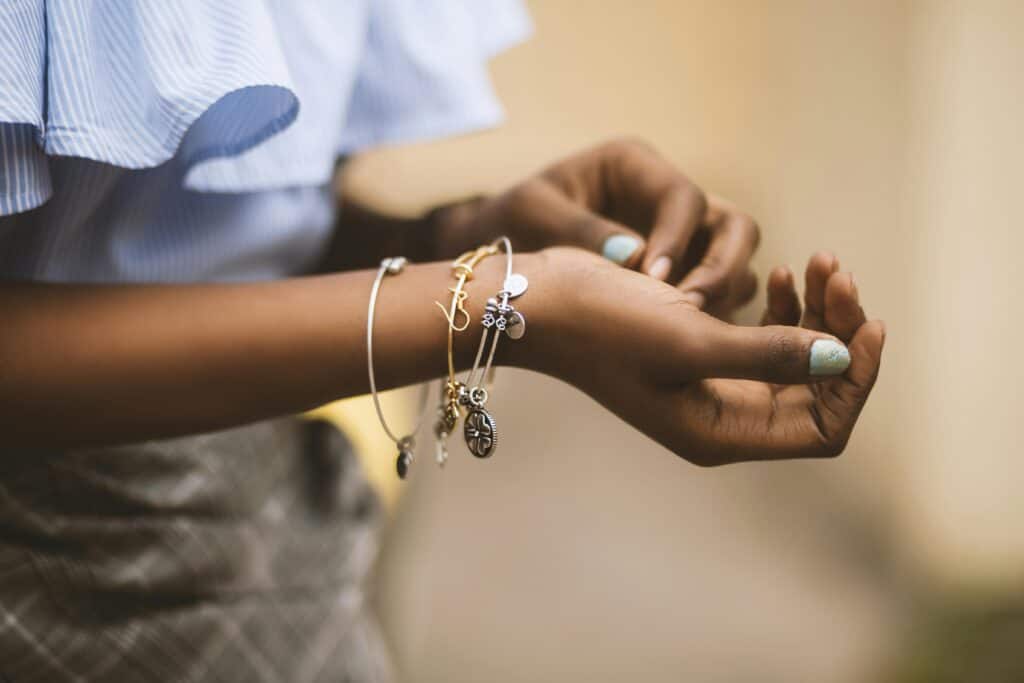Inclusivity in fashion is more than a trend; it’s a transformative approach that addresses the diverse needs of consumers worldwide. By adopting an inclusive creative strategy, fashion brands can cater to a broader audience, ensuring that everyone feels represented and valued. This inclusivity not only enriches the brand’s cultural relevance but also strengthens consumer loyalty. This article explores practical tips for integrating inclusivity into fashion design and marketing, detailing how these efforts can lead to a more successful and ethical business model.
- Diverse Representation in Marketing
Marketing in fashion should mirror the real world’s diversity. It’s essential for brands to feature models of different ethnicities, ages, and body types in their campaigns. Diverse representation helps consumers see themselves in the brand’s narrative, boosting their confidence in the product. Successful campaigns often tell compelling stories that resonate with a broad audience, emphasizing the brand’s commitment to inclusivity. By consistently showcasing diversity, brands can build a reputation for being genuinely inclusive, attracting a loyal customer base that feels recognized and valued.
- Embrace Body Positivity
A cornerstone of an inclusive fashion strategy is body positivity, ensuring that apparel is accessible and flattering for all body types. Brands need to diversify their size offerings and consider adaptive features to accommodate various physical needs. By designing clothes that fit and flatter a wide range of body shapes and sizes, brands can send a powerful message of acceptance and respect. Additionally, embracing body positivity means utilizing marketing images that reflect this diversity. To learn about patch customization and how it can enhance inclusivity in apparel, check out Ultra Patches. This can include patches that celebrate different body types or features that can be customized for individual needs.
- Gender Neutral Collections
The fashion industry is increasingly moving away from traditional gender binaries, introducing gender-neutral collections that appeal to a wider audience. These collections remove gender labels from clothing, offering designs that anyone can wear regardless of their gender identity. This approach not only opens up more options for consumers but also aligns with a growing demand for more fluid and flexible fashion standards. Gender-neutral fashion respects individual choice and promotes the idea that style should not be confined by outdated norms.
- Culturally Sensitive Design
Inclusivity also involves a deep respect for cultural differences in design. Fashion brands must be mindful of cultural symbols and traditions to avoid appropriation—a practice where elements of one culture are used by another culture in a disrespectful or trivial manner. Instead, brands should aim for cultural appreciation, where designs are informed by genuine respect and understanding. This can involve collaborating with designers from specific cultural backgrounds or consulting with cultural experts to ensure authenticity. Being culturally sensitive not only enhances a brand’s ethical standing but also deepens the emotional connection with customers from diverse backgrounds.
- Accessible Shopping Experiences
Inclusivity extends beyond the products to the shopping experience itself. Brands should strive to make both their physical stores and online platforms accessible to everyone. This includes providing facilities for people with disabilities, easy-to-navigate website layouts, and customer service that can competently handle diverse customer needs. Training staff to be aware of inclusivity issues is also crucial, ensuring that all customers receive a welcoming and positive shopping experience. Online, features like screen reader compatibility, easy font adjustments, and video descriptions can help make shopping easier for people with visual or hearing impairments.
- Collaborations with Diverse Designers
Fashion thrives on fresh perspectives and unique ideas, making collaborations with diverse designers essential. By partnering with creatives from varied backgrounds, brands can infuse their collections with authentic cultural insights and innovative designs that resonate with a broader audience. These collaborations not only enrich the brand’s offerings but also provide a platform for underrepresented voices in the fashion industry, fostering a culture of inclusivity and mutual respect. Moreover, such partnerships often yield exclusive products that appeal to consumers seeking unique and meaningful fashion choices.
- Inclusive Sizing
Offering a broad range of sizes is fundamental to inclusivity in fashion. Many brands have started to extend their size ranges to accommodate more body types, a move that has been met with positive consumer response. Accurate and inclusive sizing ensures that everyone can find clothes that fit well and feel good, which is crucial for customer satisfaction and brand loyalty. It also reflects a brand’s commitment to serving all customers equally, regardless of their body shape or size. Successful implementation of inclusive sizing not only enhances the shopping experience but also promotes body positivity.
- Sustainable and Ethical Practices
Inclusivity also intersects with sustainability and ethical practices in fashion. Consumers are increasingly looking for brands that not only respect people but also the planet. Incorporating sustainable materials and ethical labor practices demonstrates a brand’s commitment to social and environmental responsibilities. This approach appeals to a conscious consumer base that values transparency and integrity, further enhancing the brand’s image and appeal. By focusing on sustainable and ethical practices, brands can ensure that their inclusivity extends beyond just marketing and into their core business operations.
- Education and Training for Teams
To effectively implement an inclusive strategy, brands must ensure that their teams are educated about diversity and inclusivity. Providing regular training and workshops can help staff understand the importance of an inclusive approach and how to apply it in their roles. You can make an educational training video using a video maker for your team to keep them up to date with the brand process. Education should cover topics like cultural sensitivity, disability awareness, and inclusive communication. This internal cultivation of knowledge and sensitivity is critical for delivering authentic and respectful customer interactions, as well as for inspiring innovative, inclusive design and marketing strategies.
- Feedback and Continuous Improvement
For a fashion brand to truly embrace inclusivity, it must be open to learning from its audience. Encouraging feedback from customers and actively seeking it through surveys, focus groups, and social media can provide valuable insights into how well the brand meets diverse needs. This feedback should be used to continually refine products and services, ensuring that inclusivity remains at the heart of the brand’s mission. Listening to customer feedback not only helps improve business practices but also strengthens customer relationships by showing that the brand values their input and is committed to serving them better.
Conclusion
An inclusive creative strategy is crucial for modern fashion brands aiming to make a positive impact in today’s diverse market. By embracing body positivity, ensuring diverse representation, adopting gender-neutral designs, respecting cultural sensitivities, and focusing on accessible shopping experiences, brands can attract a wider audience and foster loyalty among consumers. Additionally, collaborating with diverse designers, maintaining inclusive sizing, implementing sustainable practices, educating teams, and continually seeking feedback are all practices that contribute to a holistic approach to inclusivity. Fashion brands that commit to these principles are likely to see not only enhanced brand reputation and customer base growth but also a meaningful role in shaping a more inclusive and equitable fashion industry.





